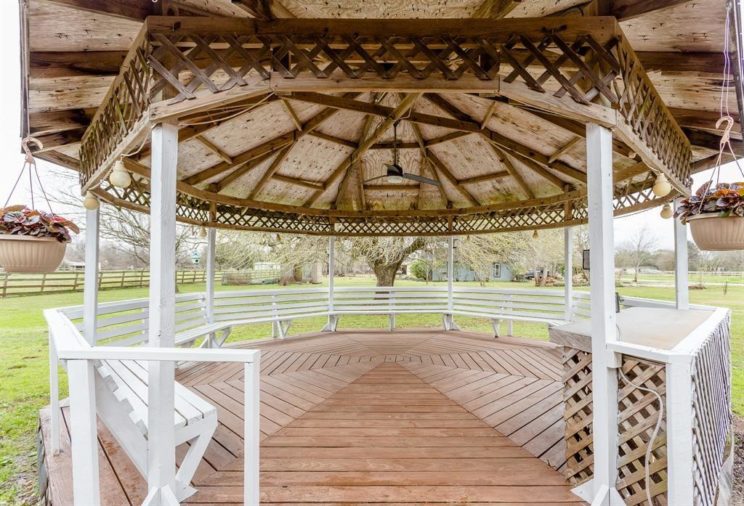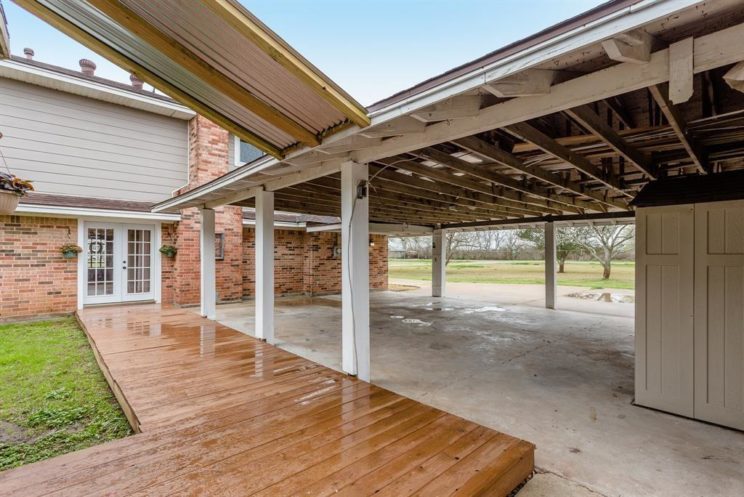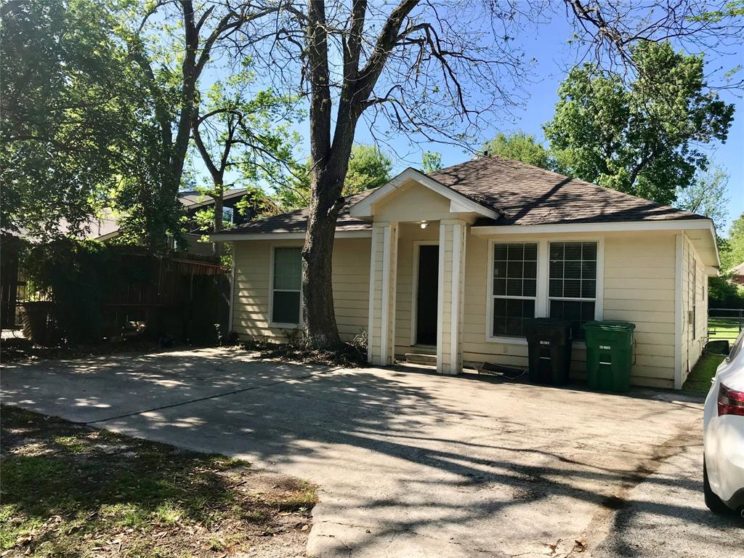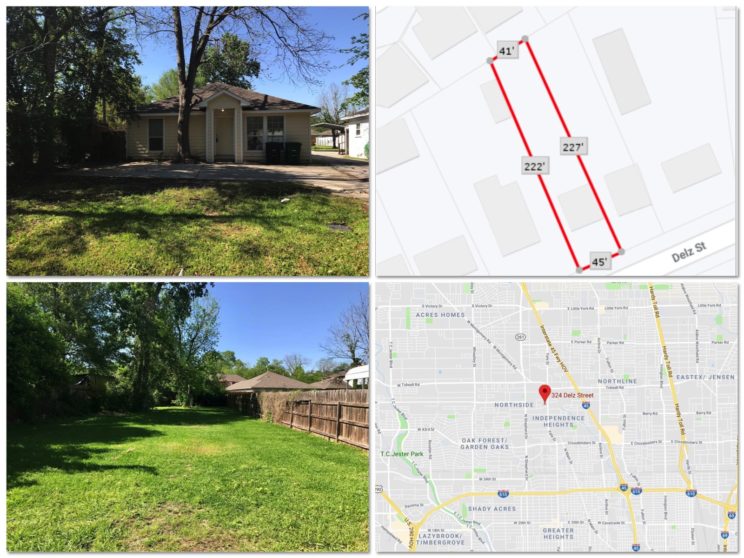Author: Ali Palacios - Broker
New Year, New Beginnings
They say that the chance of actually achieving your goals 👩💼 is greatly increased when you share it with others and be very specific.
🌟🌟🌟 Make me accountable and I will do the same back! Let’s help each other achieve our goals for 2020! 🌟🌟🌟
Let me know how I can help‼️ I can be a drill sergeant when needed. I NEED YOUR HELP ON #4‼️🏘❤️😊

1. Self-care. Make this priority one.
✅ I will fuel my body with beautiful, colorful and nutritious food 🥑🍐🥥
✅ I will exercise for 30 mins every day (just move!). I will not focus on a number, just overall health. 🏃♀️
✅ I will complete a 5K 🏅
✅ I will meditate for 10 mins every day 🧘♀️
✅ I will focus and surround myself with positivity.

2. Lifework balance
✅ I will share a meal with a friend at least once a month. 👭
✅ I will be more present

3. Time management ⏳
✅ I will learn to say no. Many times I agree to things knowing I might be tight on time.
✅ If I commit, I will follow through.
✅ I will use my calendar to schedule both work and personal commitments 📆
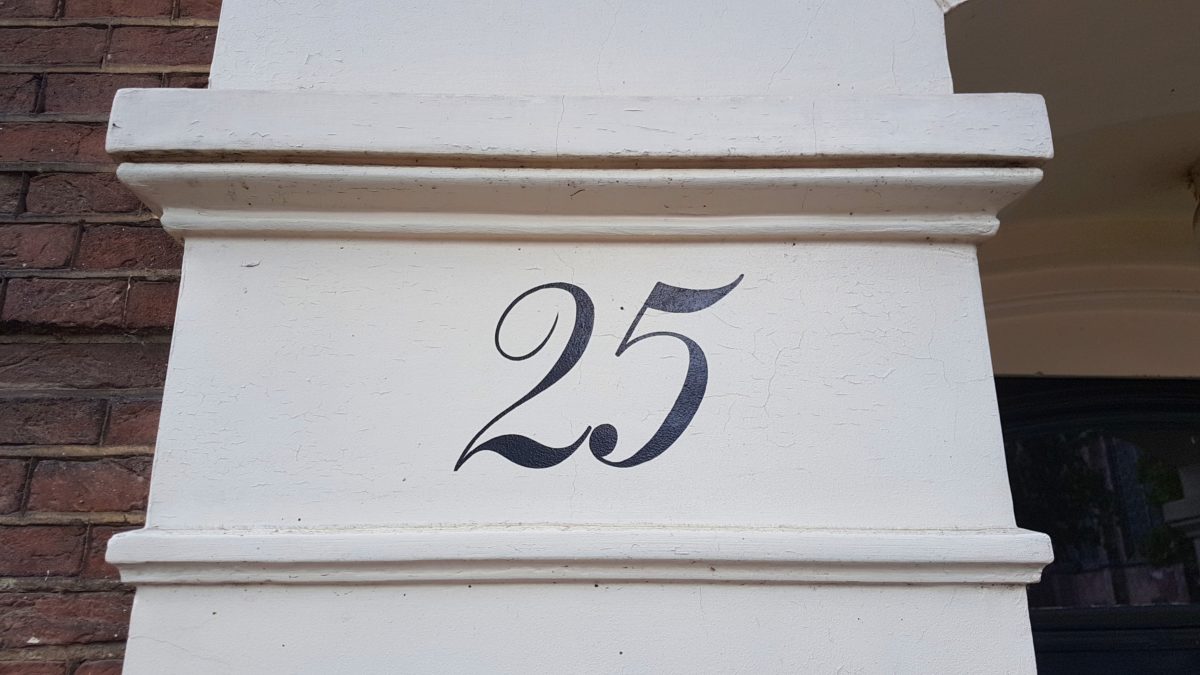
4. Professional Goals
✅ I will help 25 families find their dream home! Do you know someone that is thinking about buying or selling a home this year? Introduce us. Help me achieve this goal. 🏠🏡🏘

5. Career
✅ I will obtain my The Certified Real Estate Brokerage Manager (CRB) designation. 👩🎓
✅ I will mentor my agents and help them succeed.
✅ I will complete my buyer and seller automation process
✅ I will offer/complete 4 new buyer/seller classes this year

6. Give back
✅ Give back in kindness, time and experience without any expectations.
✅I will offer/complete two classes this year on how to reduce property taxes and make homeownership more affordable.

7. Travel
✅ I will visit one new location this year.✈️
✅ I will re-visit one of my favorite places.
✅ I will plan a “sister” trip and a girl’s trip

8. Declutter and organization
✅ I will clear out the clutter and donate items as needed.
✅ I will get and stay organized.

9. Be the reason someone smiles today ☺️
✅ Offer at least one compliment a day.
✅ I will serve and help whenever possible

10. Be grateful
✅ I will write one thing I’m grateful for every day.
I will check back at months 3, 6, 9 and 12. Yikes!
Hold me to this!

Joy for Kids – Toy Drive Benefiting the Children of Fallen Heroes
Thank you for joining us! Below you will find a copy of all the guides we offered during the toy drive
Home Buyers
Home Sellers
Other Documents
COMING SOON! 37030 Cougar Dr, Simonton TX 77485
COMING SOON!
$260,000
- 4 Bedrooms (master bedroom on the 1st floor)
- 2 bathrooms
- 2,505 sf home
- 48,060 sf lot (just over 1 acre)
- Horses allowed!
- Corner lot
- Completely renovated
Beautiful country retreat, within minutes of shopping and restaurants. 4 bedroom, 2 bath home with study, formal dining room and breakfast room. Master bedroom located on first floor, master bathroom with HUGE shower and double sinks. PLENTY of storage throughout the home. Two additional rooms located behind the home. These rooms would be a perfect office space, kennel, art studio or workshop. Completely remodeled, open and bright floor plan. Move in ready. Home located on a little over 1 acre. Bring your horses. Circular driveway and additional long driveway and huge carport. Plenty of parking. Gorgeous outdoor space with plenty of mature trees and gazebo. Additional storage shed within a small fenced area.
COMING SOON! 324 Delz St, Houston TX 77018
COMING SOON!
$250,000
Location, 🔥 Location 🔥 Location!! Property is located in an up and coming area minutes from downtown, the Galleria and, the Energy Corridor. Adorable 3 bedrooms, 2 bath home with a HUGE backyard. Enjoy the large fenced backyard with shade trees, just perfect for family BBQs. Ready For Move In! Laminate and tile floor throughout. Open floor plan. Ceiling fans throughout the home. Kitchen includes a refrigerator. Never flooded.
New construction within close proximity makes it attractive for future appreciation or new development. There is plenty of space for a single family home, or several single family homes. Buy and hold for future appreciation.
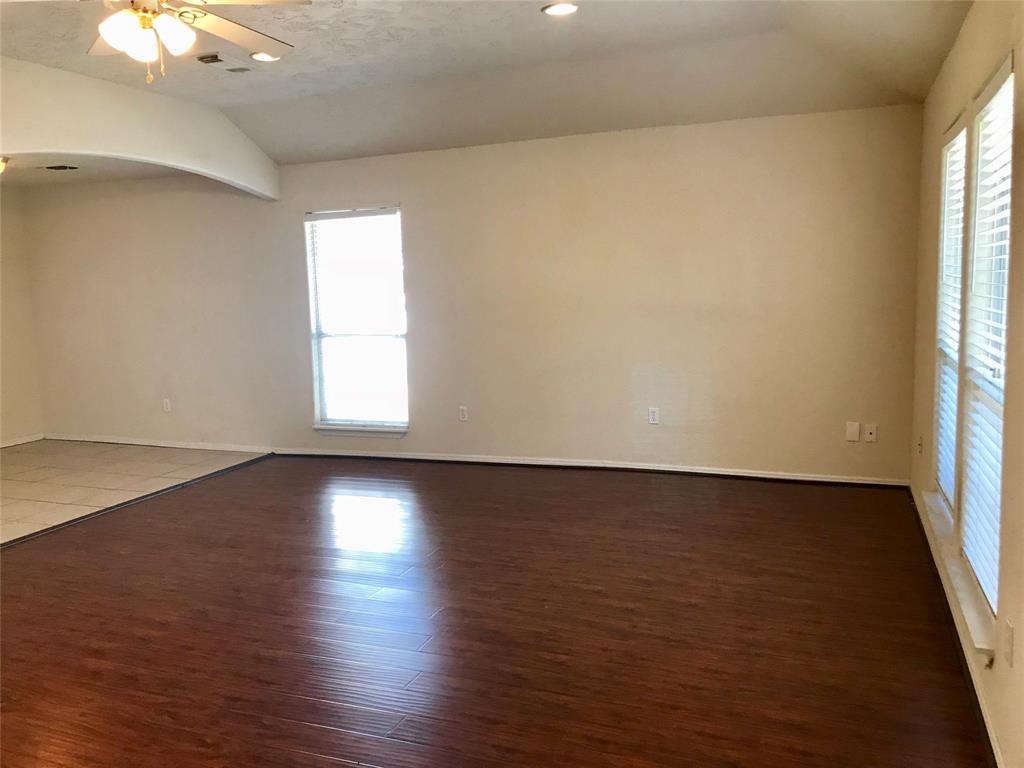
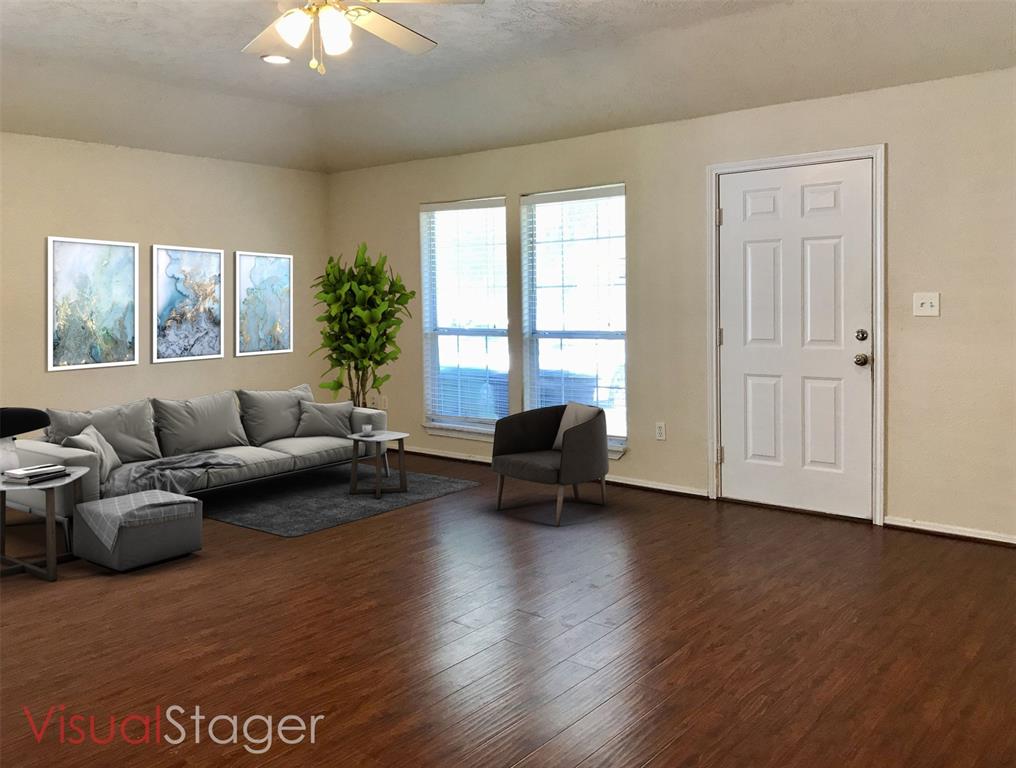

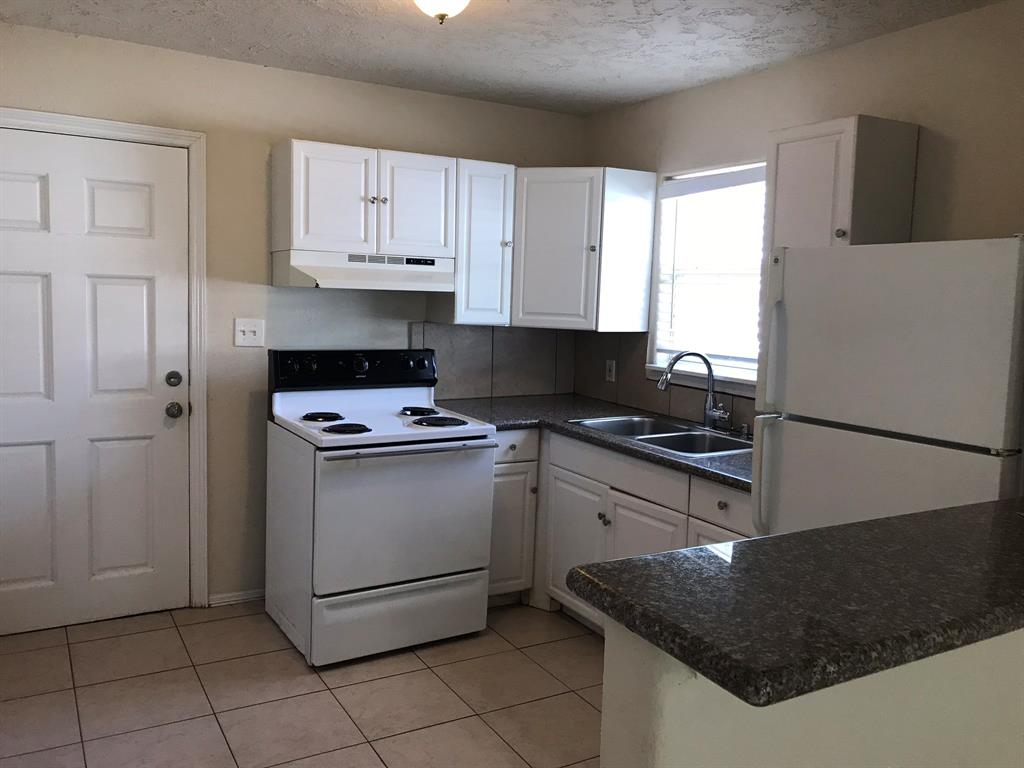
Pick Me!
I love halloween!
Halloween is so fun. I love admiring at all the creative costume and the kid’s love of the holiday is infectious.😀
This year I participated in Houston Magazine Fun Festival 2019. I knew I wanted something fun for my booth that kids would love…so I ended up on Pinterest. I found a monster that was created for a carnival. Kids had to reach into the monster’s nose to get candy. I knew that this was it! Kids love boogers and farts.
The online post had no instructions so I came up with my own version. Here are the instructions if you’d like to recreate it. I guarantee you that it will be a big success!
Shopping List

- A large wood board ( you can decide what size you’d like.
- A set of wiggle eyes
- Spray insulation. I used 3 cans of this product
- Water based craft paint. I used several shades of green, yellow, gold, purple and red.
- 2 disposable cups. This will hold the space for the nostrils
- vaseline
- water
- Serrated knife
- Marker
- Saw to cut out the circles. I used something like this
- Sand paper
- glue gun

This was the picture I found online. It looked like they might have used paper and maybe plaster of paris. It was hard to tell but I think the spray foam had to be easier.
First, I used a marker to draw the image of the monster of the board. It was rough drawing, something to use as a guideline to spray the foam. I used the wiggle eyes to trace the area I needed to leave open for the eyes. I also traced two circle where the nostrils would be. I used the disposable cups as a guide to trace the circles.
Next, I cut out the two circles for nostrils. I used a hole saw. See shopping list for the item. I then sanded the holes to avoid wood splinters.
I read that the spray foam will stick to the wood better if it was slightly damp. I wiped the wood with a wet towel. The wood was not soaked, just slightly damp on the surface.
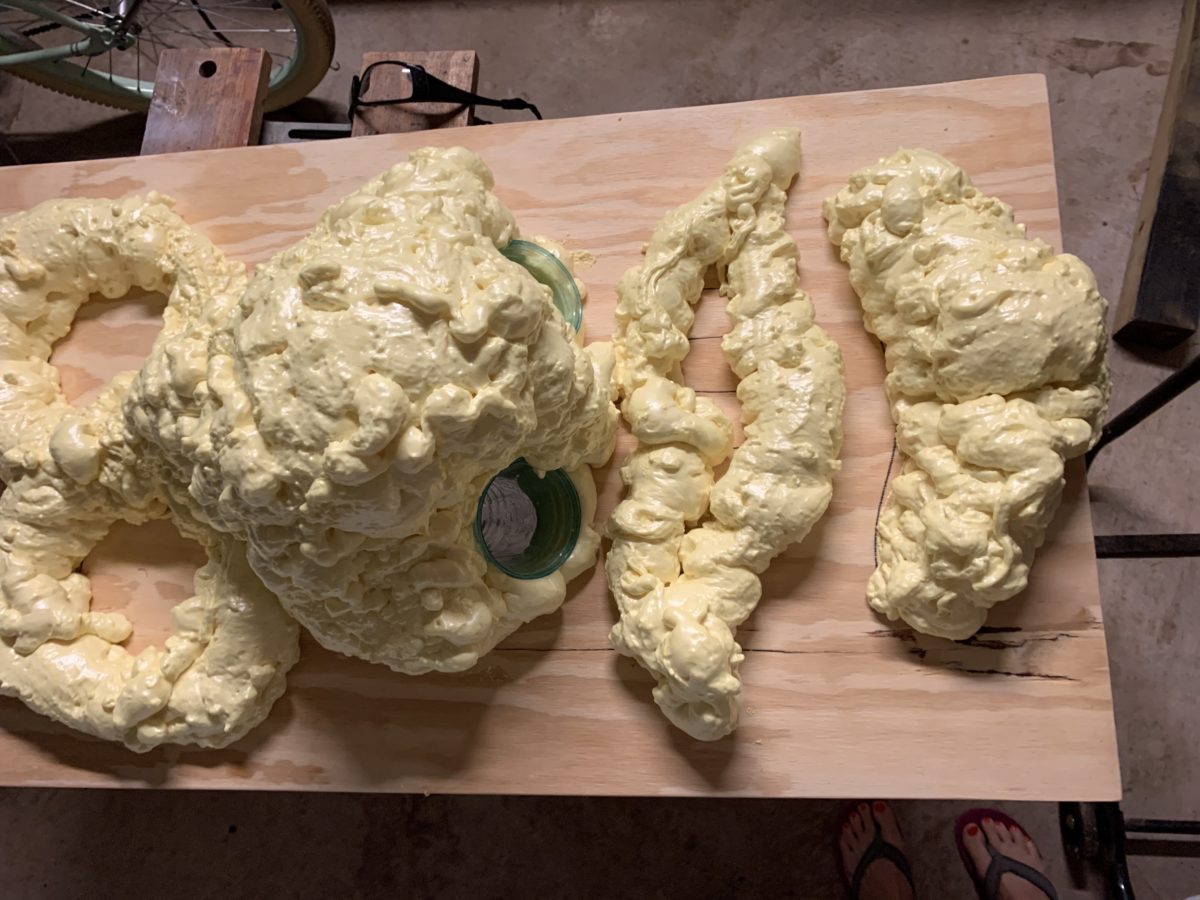
I coated the cups with vaseline (be generous) and positioned them in the nostril holes.
Then the fun began! I stated spraying the foam. Take your time because the foam will expand. I did this in layers and in stages. I used one can at a time. It doesn’t have to be perfect. You can later cut the foam with a knife to give it a better shape.
I chose to make the nose huge because I wanted it to be the main focus.
I let it dry over night.
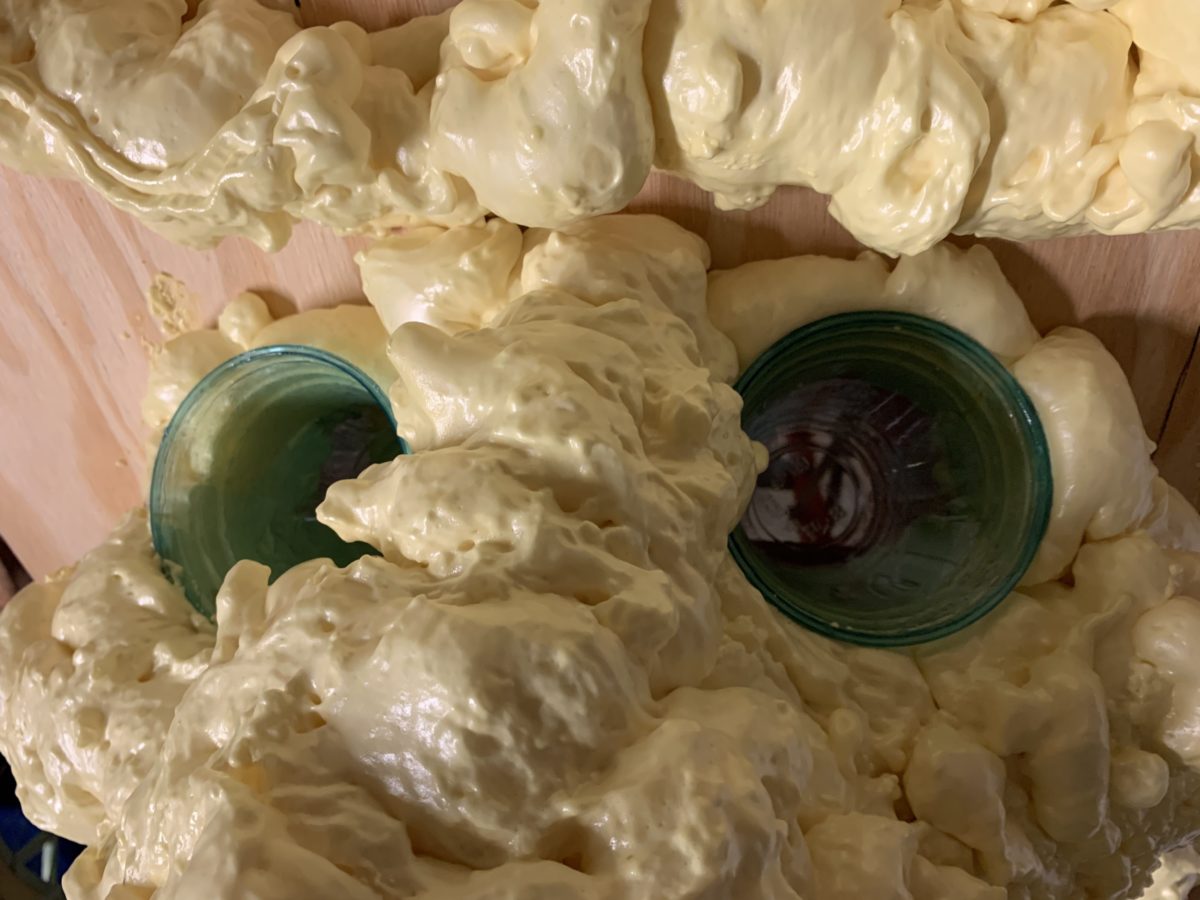
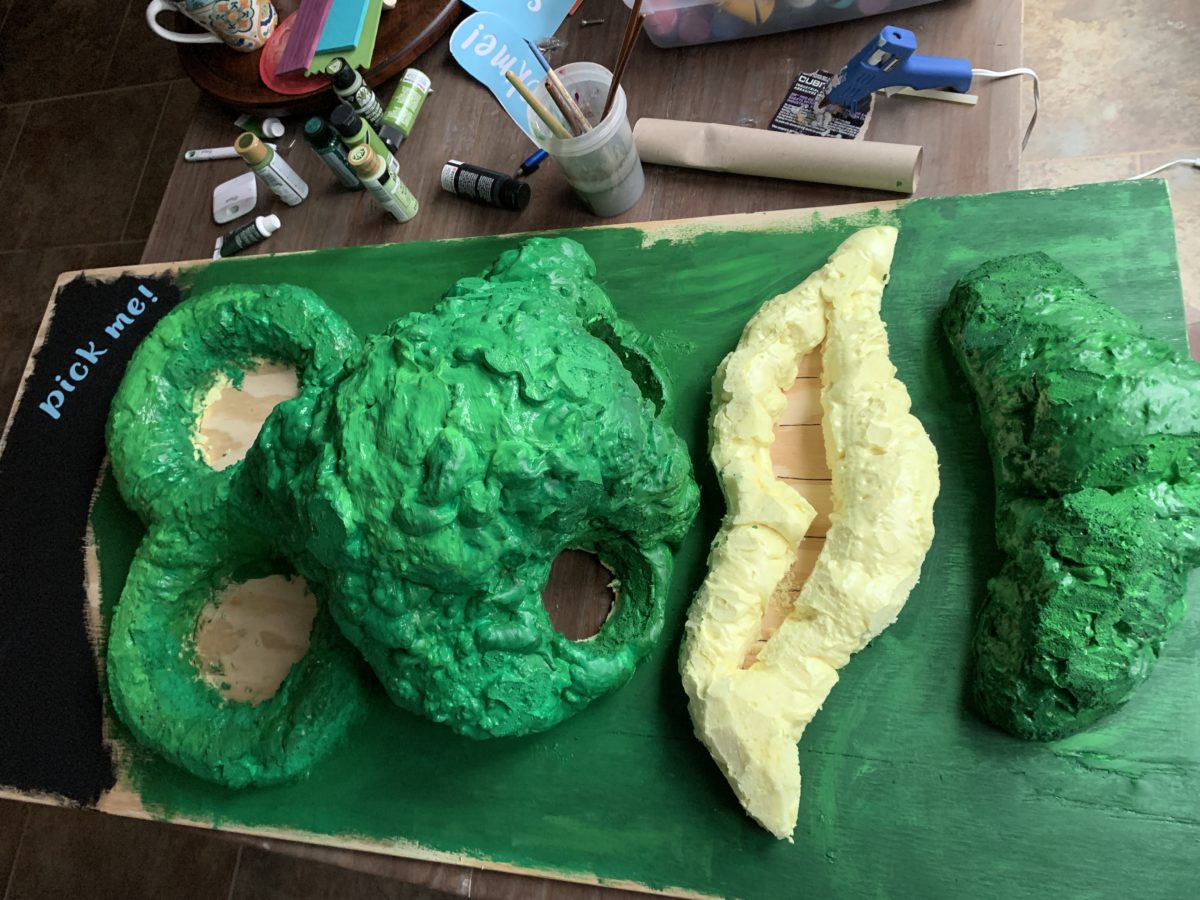
The next day, I took a serrated knife and started to shape the foam. It doesn’t have to be completely smooth. In fact I found that the pits make it a little more gross.
I cut around the area where the wiggle eyes would be glued. Make sure that the eye will lay in the space. I cut out the cups that were hold the nostrils open.
Once shaped, you can now start painting the monster. Be warned, the wood and the foam will soak up quite a bit of paint. I used at least 16oz of green paint. Paint the entire monster in the main color, then you can start adding darker and lighter colors on top to give it dimensions.
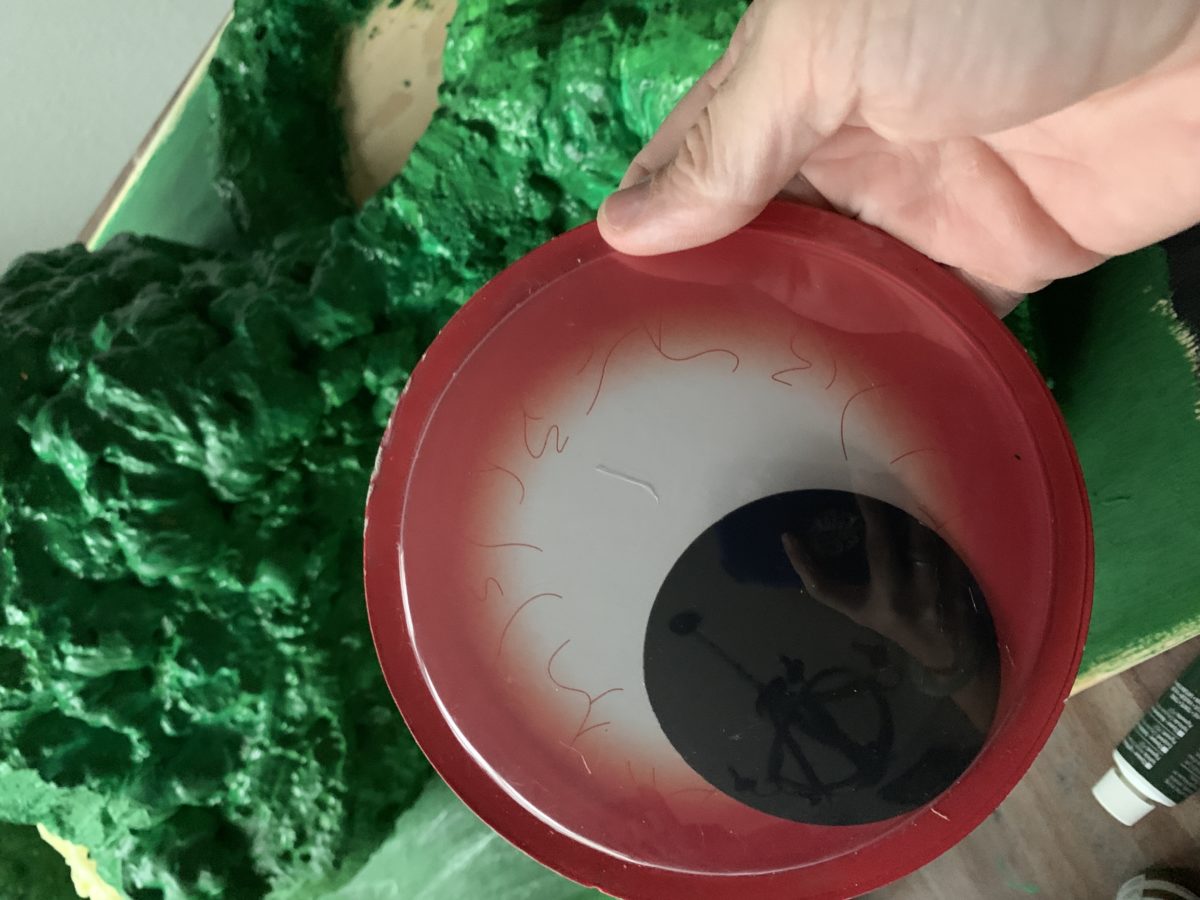
Once the paint is dry, you can glue the wiggle eyes in their place. I suppose that you can paint the eyes in instead of using wiggle eyes but I really liked the fact that the pupils moved.

I added some text and a few “booger” images to add to the overall look.
The day of the event, the kids would reach into the nostrils and either get candy or they would stick their hand into slime (boogers). The look on kids faces when they reached into slime was priceless. 😂
I hope you enjoy this! If you have any questions let me know.
Shopping for a home? Let’s look at Needs vs. Wants
Needs vs. Wants
Housing is a need; wants are items that help you live more comfortably. Wants are not completely necessary but certainly nice. For example, can you live without a private pool? yes. Can you live without a kitchen? Probably not.
When starting your search, be flexible. Give yourself the opportunity to explore options. You will start with a list but more than likely this list will change as you are introduced to more homes.
Be prepare for the likelihood that you won’t get everything you want. There will be compromises, trade-offs and finding the best possible property for you and your family. One home might lack a game room but its in a perfect location. Another might have a great yard but will force you into a longer commute. Decisions, decisions, decisions…
The MOST important decision is location. This is something that cannot be changed. You can renovate a home, add a bedroom or bath, etc. but you cannot move the home. Explore the surrounding area. Do you like the proximity to work, shopping, school zoning, restaurants, friends and family?
Check out this worksheet that can help you through the deciding process.










